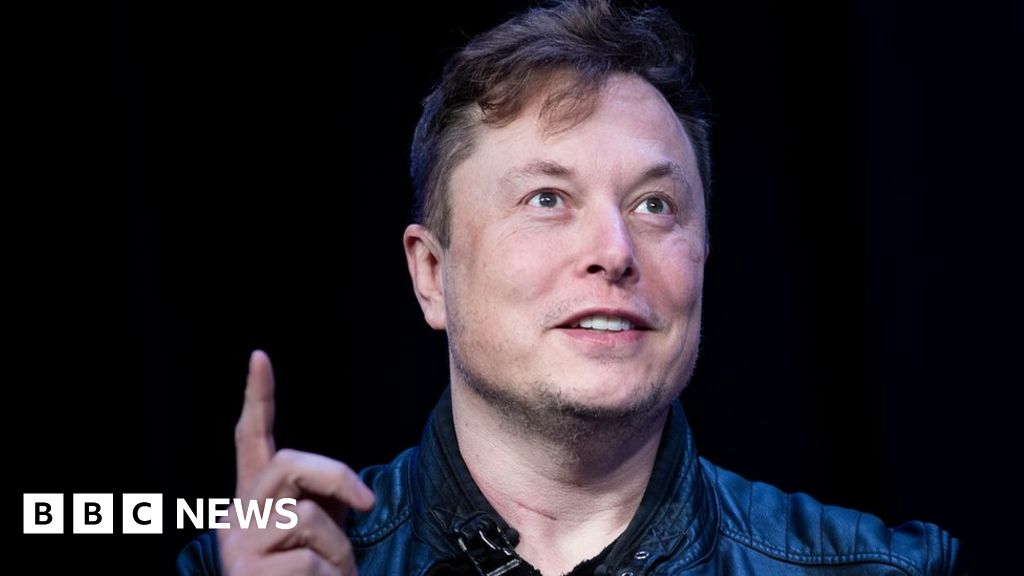who knows. The problem is in the computer and given that I believe we need general intelligence level of AI for the car to be good at actual autonomy - don't hold your breath.I suppose the question I have is, will the car be able to get to better than average human safety with the current sensor suite? Clearly, we're not getting Lidar in our Teslas.
there's no way for me to know this-But how long should it take them to get to a higher (more precise) resolution?
yes an no. On one hand it's must easier to do fusion beteen camera basd outputs because you can always know which parts correspond to the same area of the image so there are no mistakes (expect for partially occluded objects I guess). Yes because other sensor provide you reliable data that you cannot get in other ways.-if they do data fusion on outputs anyway, doesn't that mean Karapthy's claim that fusion was "barking at the wrong tree" a bit strange?
overall - see above, I think fixation on sensor suite s somewhat wrong in the sense that it's the brains that matter and the brain clearly don't exist yet.



